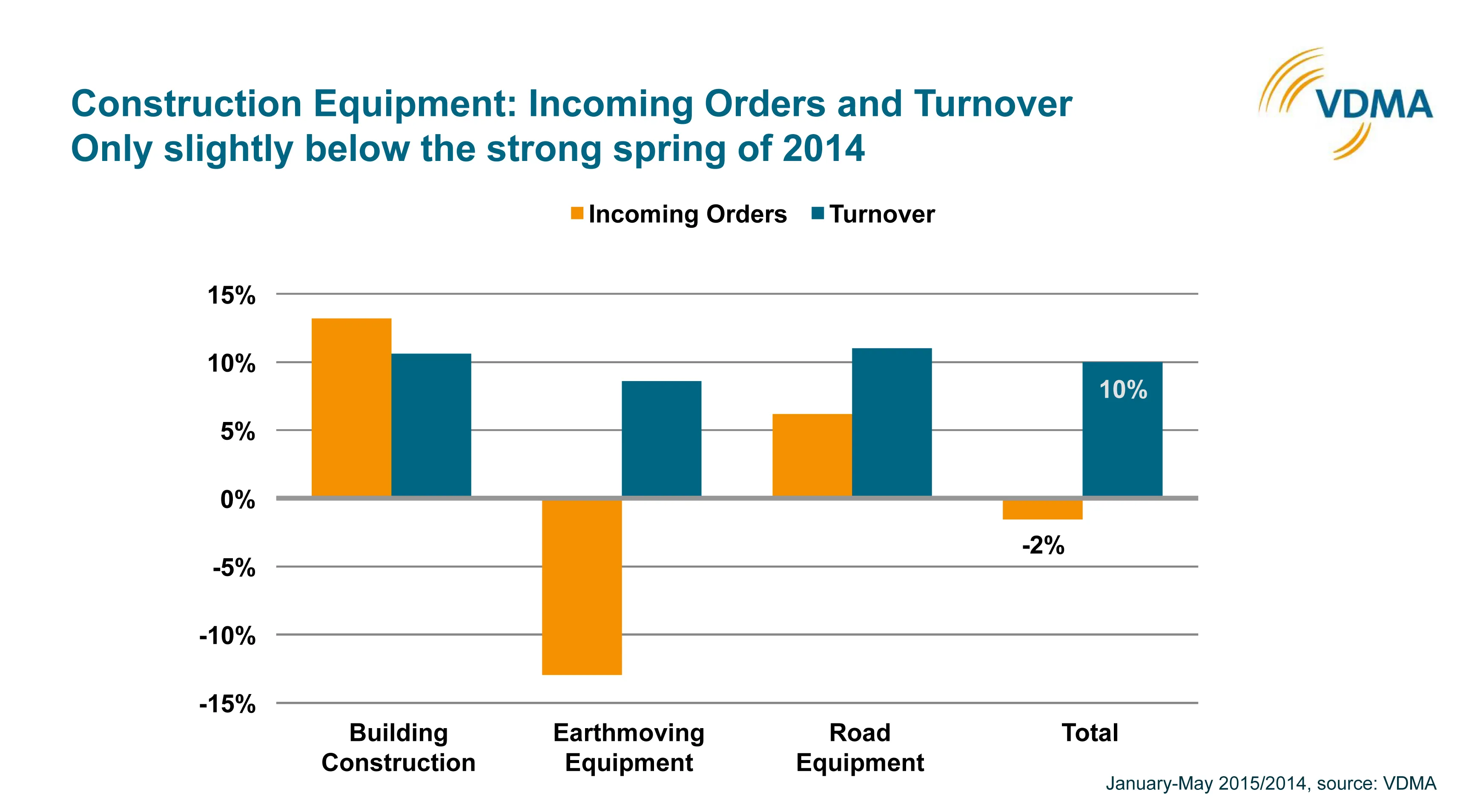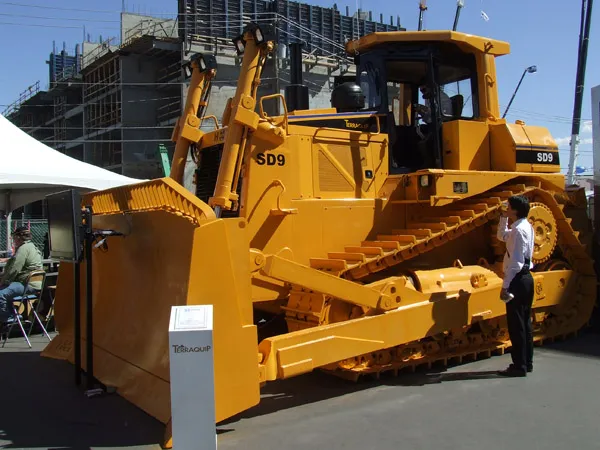According to a report from US-based research firm Freedonia, world demand for construction machinery will grow by 3.9%/year to $218 billion by 2019. The Asia/Pacific region, Central and South America, and the Africa/Mideast region are all expected to register above average gains looking ahead as construction spending, particularly on infrastructure projects, continues to increase. More than two-thirds of all additional construction equipment demand generated between 2014 and 2019 will be in China according
June 25, 2015
Read time: 2 mins
According to a report from US-based research firm 2821 Freedonia Group, world demand for construction machinery will grow by 3.9%/year to $218 billion by 2019. The Asia/Pacific region, Central and South America, and the Africa/Mideast region are all expected to register above average gains looking ahead as construction spending, particularly on infrastructure projects, continues to increase. More than two-thirds of all additional construction equipment demand generated between 2014 and 2019 will be in China according to the report. However in North America and Western Europe, sales will be somewhat weaker. The report says that North America and Western Europe have largely recovered from the global financial crisis and operators have replaced older machines.
The information is available in detail in World Construction Equipment, a study from The Freedonia Group in Cleveland, Ohio.
Continued growth in construction activity and significant investment in large surface mining projects will help Central and South America recover from the sales declines registered between 2009 and 2014. According to analyst Lee Steinbock, “Demand in the region had dropped largely due to declining sales in Brazil, which purchased a significant amount of new construction equipment in the intervening years in preparation for the 2014 FIFA World Cup and the 2016 Summer Olympics.” Increased surface mining activity and rising construction expenditures of all kinds will help drive construction machinery demand in the Africa/Mideast region. Sales of equipment in Eastern Europe are expected to slow from the 2009-2014 period but still grow roughly in line with global demand.
The information is available in detail in World Construction Equipment, a study from The Freedonia Group in Cleveland, Ohio.
Continued growth in construction activity and significant investment in large surface mining projects will help Central and South America recover from the sales declines registered between 2009 and 2014. According to analyst Lee Steinbock, “Demand in the region had dropped largely due to declining sales in Brazil, which purchased a significant amount of new construction equipment in the intervening years in preparation for the 2014 FIFA World Cup and the 2016 Summer Olympics.” Increased surface mining activity and rising construction expenditures of all kinds will help drive construction machinery demand in the Africa/Mideast region. Sales of equipment in Eastern Europe are expected to slow from the 2009-2014 period but still grow roughly in line with global demand.







